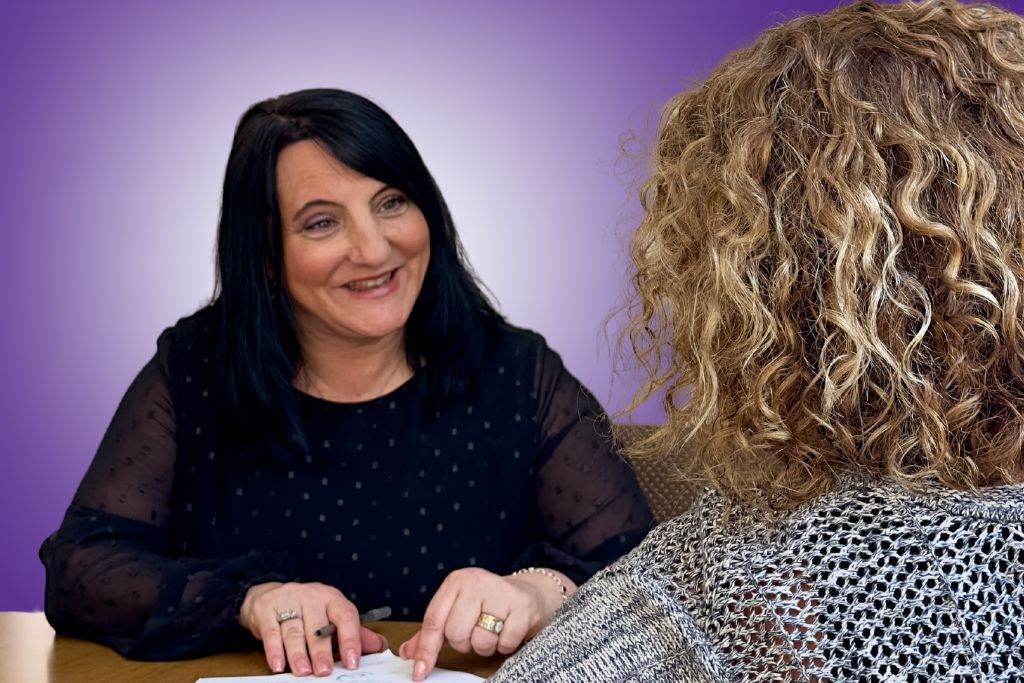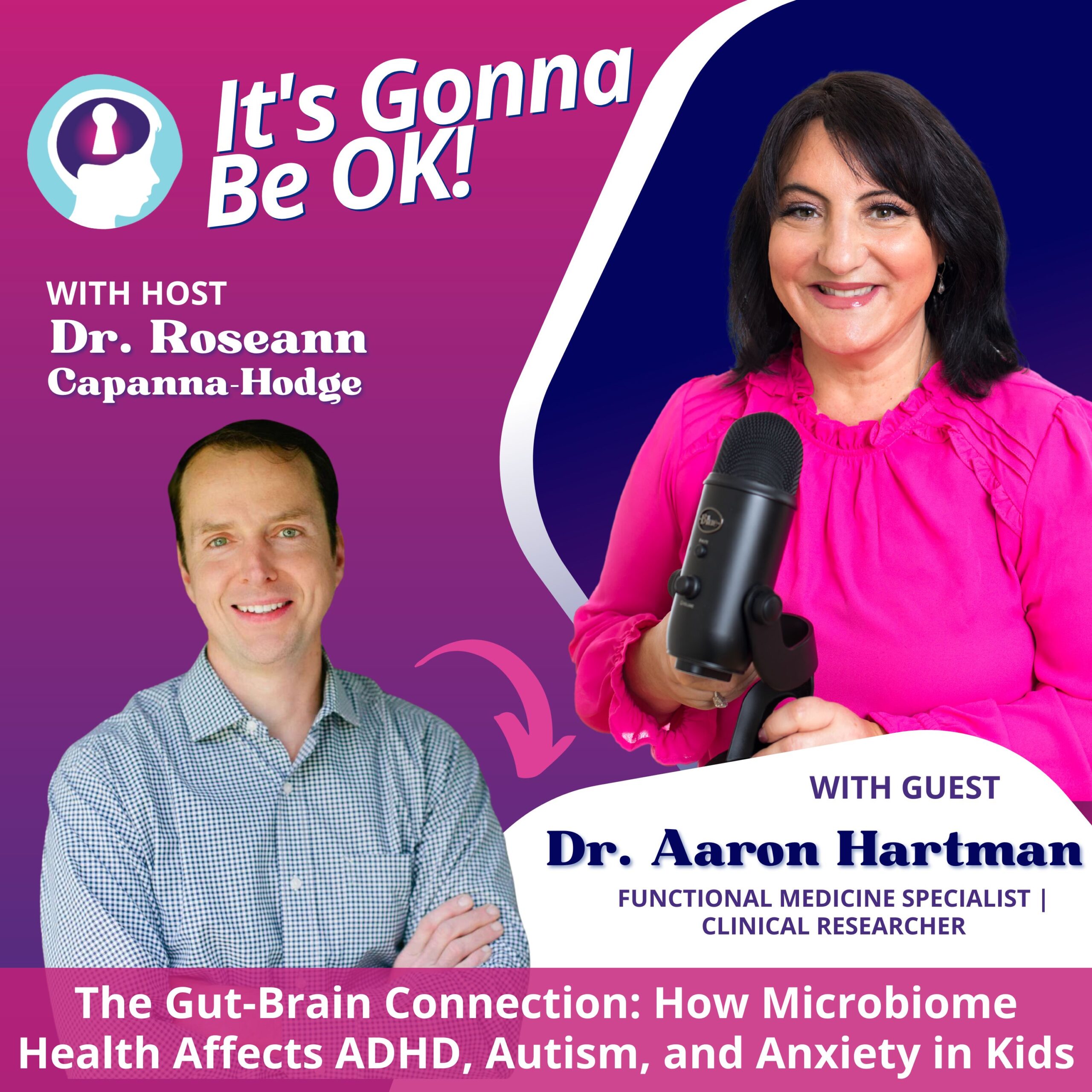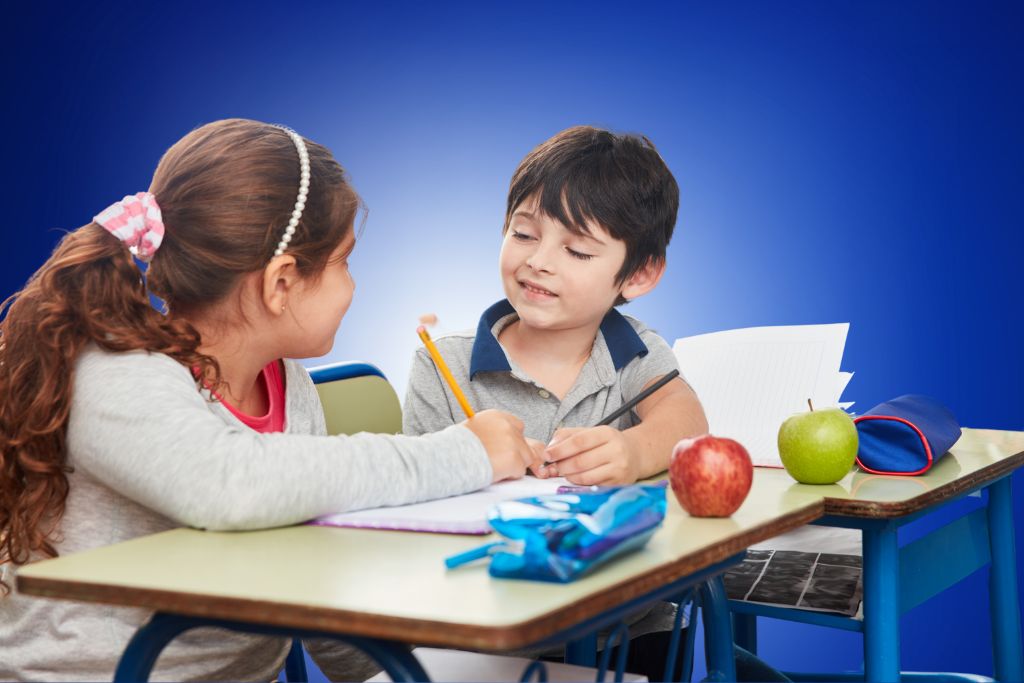Kids these days are struggling more than ever with handling stress and frustration. In an effort to protect kids from discomfort, adults often step in too quickly, solving problems for them instead of teaching them how to work through challenges. While this may offer a short-term solution, it prevents children from developing the resilience and problem-solving abilities they need to handle life’s challenges.
When kids learn to manage frustration, they feel more capable—and when they feel good about themselves, there’s no limit to what they can do. In this episode, we’ll explore why so many kids struggle with stress and frustration today, what’s missing in their coping toolkit, and how small shifts in our approach can make a big difference. Let’s empower kids to handle stress in a healthy way so they can thrive, no matter what life throws their way.
The Role of Co-Regulation in Emotional Regulation
Nowadays, kids don’t get to be as independent problem-solvers as we did growing up, which makes frustration harder for them to handle. They haven’t had as many chances to struggle through challenges and build resilience, so when things don’t go their way, they can become incredibly reactive. The good news, however, is that every problem is an opportunity for them to grow. Emotional regulation, or the ability to tolerate and work through frustration, is a skill that develops over time.
As we know, some kids struggle more than others for different reasons—developmental delays, brain differences, feeling overwhelmed, or even not having a parent who models self-regulation. That’s where we come in. Our calm becomes their calm because before kids can regulate themselves, they need to experience co-regulation with us.
When creating a calm-down plan for your child, the first step is to co-regulate yourself before expecting them to self-regulate. Kids learn by watching us, so we have to model the behaviors we want to see. If we stay calm, they are more likely to do the same. It may seem overwhelming but it’s not impossible. You can absolutely help your child build frustration tolerance.
That’s why I teach “Reset to Regulate”—the idea that before we help our kids, we need to reset ourselves. Simple techniques like deep breathing, prayer, PEMF therapy, or magnesium (alongside other strategies) can help us stay steady. And when our kids are struggling, we can guide them with co-regulation tools like breathwork, progressive relaxation, and validation.
I also want to highlight validation as a game-changer. This doesn’t mean you agree with your child’s reaction but rather, it means you acknowledge their feelings. For instance, if they throw their laptop off the porch, you don’t have to condone it. You can say, “I see you're really frustrated. Let’s figure out a better way to handle this.”
Creating Appropriate Calm Down Plans
The second step is making sure your child’s calm-down plan matches their age and development. We often expect too much from kids when it comes to emotional regulation, but it is a learned skill, not something they are born with. Some children naturally regulate better than others, but many struggle because their nervous systems are stuck in a state of stress. This is why co-regulation is so important. Kids absorb what they see from us, just like they pick up our habits and preferences in everyday life.
For young children, the biggest challenge is that they do not yet have the words to express how they feel. Sensory techniques are essential for all kids, especially neurodivergent children and those struggling with mental health. A well-planned calm-down space at home or school should include sensory tools such as weighted blankets, Play-Doh, Legos, or a cozy corner. Simple strategies like belly breathing or bubble breathing can also help them self-regulate.
Visuals are another powerful tool, especially for younger kids. Emotional wheels can help children label their feelings, which is a crucial step in learning to manage them. Instead of avoiding emotions like anger or frustration, we need to help kids recognize, label, and work through them in a healthy way.
If you need more ideas, I have plenty of simple and effective strategies for parents and professionals. You can take my solution matcher (https://drroseann.com/help/) to find the right tools for your child. Our dysregulation solution provides clear guidance on how to handle tough parenting moments with confidence.
Teaching Coping Skills to School-Aged Children
Teaching coping skills to school-aged children is essential because they are becoming more self-aware and need direct instruction on how to manage their emotions. They are not yet fully independent in handling frustration, so they still need coaching and reminders.
At this stage, children are starting to recognize their triggers and understand how their reactions impact their experiences. However, this awareness does not mean they naturally know how to manage their emotions. Coping skills must be explicitly taught and reinforced through practice and repetition.
One effective strategy for teaching emotional regulation is the Pause, Breathe, Choose method. Take time to pause when you're feeling frustrated, and encourage your kids to stop and acknowledge their emotions. Teach them to take three to five deep belly breaths to calm their nervous system. And lastly, guide them in choosing a coping strategy that helps them move through discomfort in a healthy way.
Repetition is key. Just as learning to drive eventually becomes automatic, children need repeated practice with coping strategies until they become second nature. In line with this, recognizing and reinforcing the use of coping skills is just as important as teaching them. When a child successfully uses a strategy, offer positive feedback.
Creating a coping toolbox can make this process easier. This toolbox should include sensory supports like noise-canceling headphones, fidget toys, or stress balls, along with movement-based strategies to help reset their emotions. Encouraging movement, such as walking or stretching, can help children regulate their emotions before they escalate.
Empowering Teenagers with Coping Statements
Empowering teenagers with coping statements begins with developing their emotional awareness and explicitly teaching stress-reduction techniques. While teens are more capable of self-reflection than younger children, they still need guidance in recognizing emotions, problem-solving, and using coping strategies in a way that feels supportive rather than critical.
One effective approach is encouraging teenagers to pause and assess their emotions using a rating scale from one to ten. This helps them become more aware of their emotional patterns and reflect on how they handled a situation. It also allows them to identify what strategies helped and where they might need additional support. Teaching them to use coping statements, such as “This feeling will pass” or “I’ve handled tough situations before,” helps them develop an internal dialogue that fosters resilience.
Parents play a crucial role in this process by modeling emotional regulation themselves. If a teenager struggles with coping, it’s often because they haven’t been explicitly taught the skill. Instead of assuming they should “just know” how to manage their emotions, parents can start by looking at their own responses to stress and frustration. By demonstrating self-regulation in everyday situations, parents provide a powerful example for their teenagers to follow.
The goal should be to help them recognize that stress is a normal part of life and that they have the ability to work through it. Creating opportunities for problem-solving and encouraging independence fosters confidence. When a teenager begins to identify how stress manifests in their body, they can start linking these sensations to their emotional state. This kind of somatic awareness strengthens their ability to recognize early signs of stress and use strategies to self-regulate.
Reinforcing progress, rather than expecting perfection, is also key. Parents should acknowledge small wins by pointing out real progress. Instead of expecting immediate mastery, the focus should be on steady growth. By guiding them to recognize that they are in control of their own regulation, parents empower teenagers to build emotional resilience and confidence in handling life’s challenges.
Teaching Repair and Reflect After Meltdowns
Teaching repair and reflection after meltdowns is also a crucial step in helping kids develop emotional regulation and problem-solving skills. Rather than avoiding uncomfortable emotions or situations, children need to learn that they can work through them. Avoidance only leads to a lack of problem-solving abilities, creating a cycle where kids become dependent on others to rescue them from challenges instead of learning to navigate difficulties on their own.
When children are consistently seeking help without attempting to solve problems themselves, it’s a sign that they may be missing key skills. This is where parents need to step in as detectives, identifying gaps in their child’s ability to manage frustration, regulate emotions, and engage in effective problem-solving. Emotional regulation is a learned skill, and parents have the power to teach it by guiding their children through reflection after an outburst.
Instead of sweeping difficult moments under the rug, parents should encourage kids to reflect on what happened, what emotions they experienced, and what strategies they could use next time. The goal is to shift their mindset from helplessness to independence. This type of thinking fosters resilience, confidence, and a stronger ability to handle challenges in everyday life.
Discover science-backed mental health solutions and gain valuable insights from Dr. Roseann Capanna-Hodge by exploring the resources available at www.drroseann.com.
Unlock your child’s potential with our Quick Calm: https://drroseann.com/quickcalm/
Links and Resources:
➡️ Join our FREE Natural Parenting Community to receive science-backed resources for your child and family. Join here.
➡️ Get help from Dr. Roseann and her team. Apply here.
➡️ “Is it ADHD or something else?” Take the quiz.












